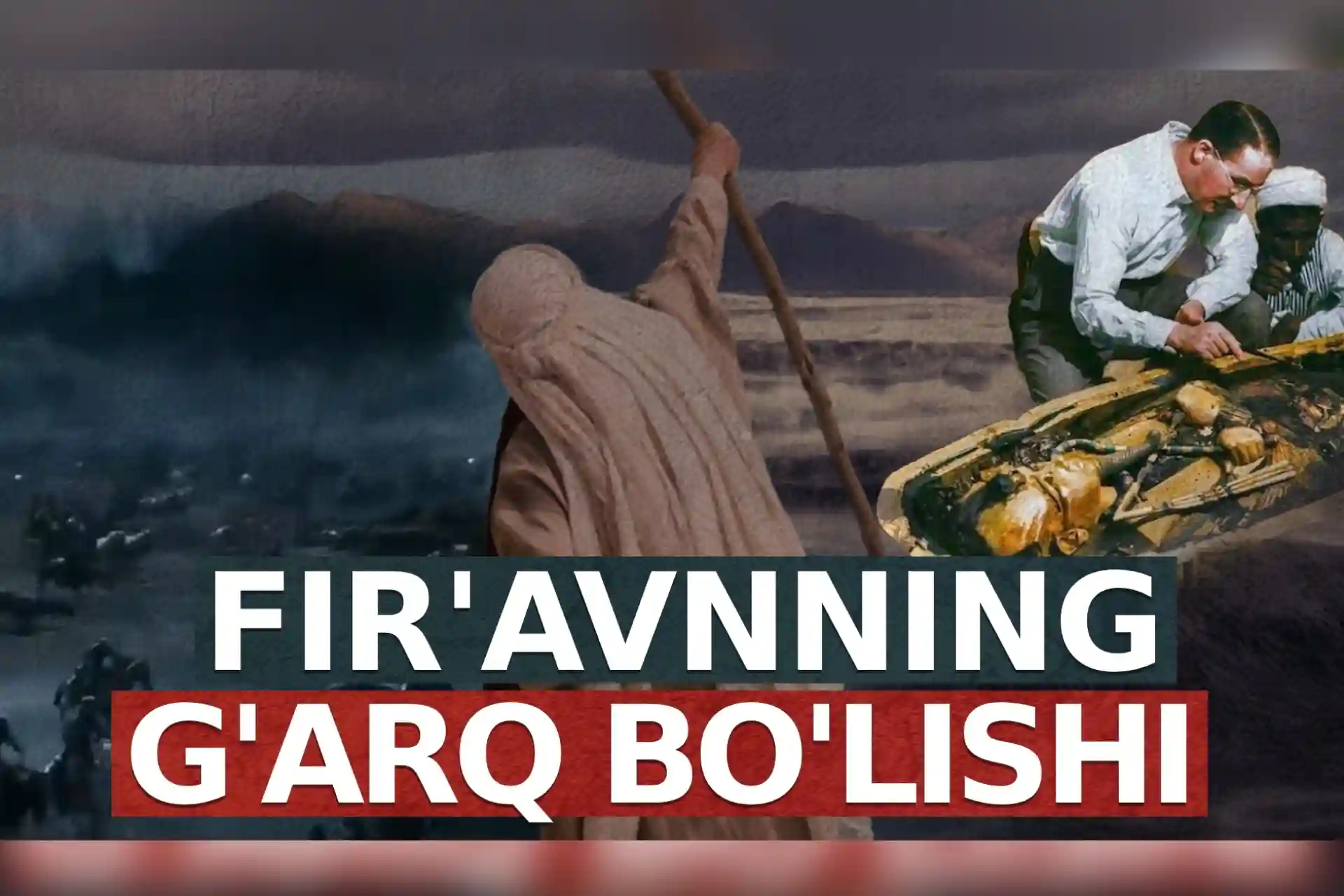Unseen messages in the Qur'an:
What would you think if a person who has never read a book or written a single letter speaks as if he witnessed a civilization hidden in the dark layers of the earth, and this news is confirmed by the research of scientists fourteen centuries after the time he lived? And which of the following possibilities would you accept:
1. This person transcended time and space, went to the age of that people, then returned to his own time and told what he saw. But common sense does not accept this.
2. He is the messenger and prophet of God, who created time and space, and whose knowledge covers every time and space. He knows the truth by the revelation of the Almighty and He reveals it by the revelation of the Almighty. This is a good option because there is no other choice to accept.
In fact, there are not two ways, but one. Even if this is the case, it is to believe that he is definitely the prophet of God.
Now we bring you a miraculous message that proves that the decree in his hand is the Book of God: "Didn't you see what your Lord did to Od (tribe)?! (They are) from (the city of) Iram with a high pillar, the like of which has not been created in (other) lands" (Surah Fajr, verses 6-8).
At the beginning of 1990, the famous publications of the world reported about a very unique archaeological find. He published articles with titles such as "The legendary Arab city was found", "Ubar - the Atlantis of the sands". The aspect that increased the importance of this finding was that it was mentioned in the Qur'an. Until then, those who claimed that the people of Od were a myth or did not exist at all were shocked. Nicholas Clapp, an inexperienced archaeologist, Arabic scholar, and documentary filmmaker, discovered this city named in the Qur'an. In 1932, he read the book "Arabia Felix", i.e. "Bakhtiyar Arabia" by the English researcher Bertram Thomas. This is the name given by the Romans to the region in the south of the Arabian Peninsula, which now includes Yemen and Oman.
British researcher Bertram Thomas organizes a trip to the coastal area of Oman where the ruins of the city of Ubar, inhabited by the Od people, have been found. At that time, the Bedouins living in the desert showed him a very old path and told him that it would lead to the ancient Ubar. Clapp, who studied the writings of Bertram Thomas, used two different approaches to prove the existence of the city described in the book. The first Bedouin found the trail and asked NASA to provide satellite images of the area. Later, he began researching ancient manuscripts and maps at the Huntington Library in California. After a short search, he found a map drawn by the Egyptian-Greek geographer Ptolemy in 200 AD. The map shows the location of the old city found in this area and the roads leading to it. In the meantime, the photos taken by NASA with the help of a satellite revealed tracks that could not be seen directly with the naked eye, but could only be seen as a whole from above. The roads in the photos and on the old map were consistent, and the large area where they ended indicated that there had once been a town here.
In this way, the location of the legendary city, which is the subject of Bedouin oral stories, was discovered. During the excavations, the remains of an ancient city began to emerge from the sands, and they were the real evidence that proved that the "Atlantis of sands - Ubar" belonged to the people of Od, mentioned in the Qur'an. From the first encounter, it became clear that the ruins were Iram's pillars. Dr. Juris Zarins, a member of the excavation team, said that the feature that distinguishes this city from other archaeological finds is its tall columns. Therefore, it is Iram, the city of the people of Ad mentioned in the Qur'an.
"Didn't you see what your Lord did to Od (tribe)?! (They are) from (the city of) Iram with a high pillar, the like of which has not been created in (other) lands" (Surah Fajr, verses 6-8).


